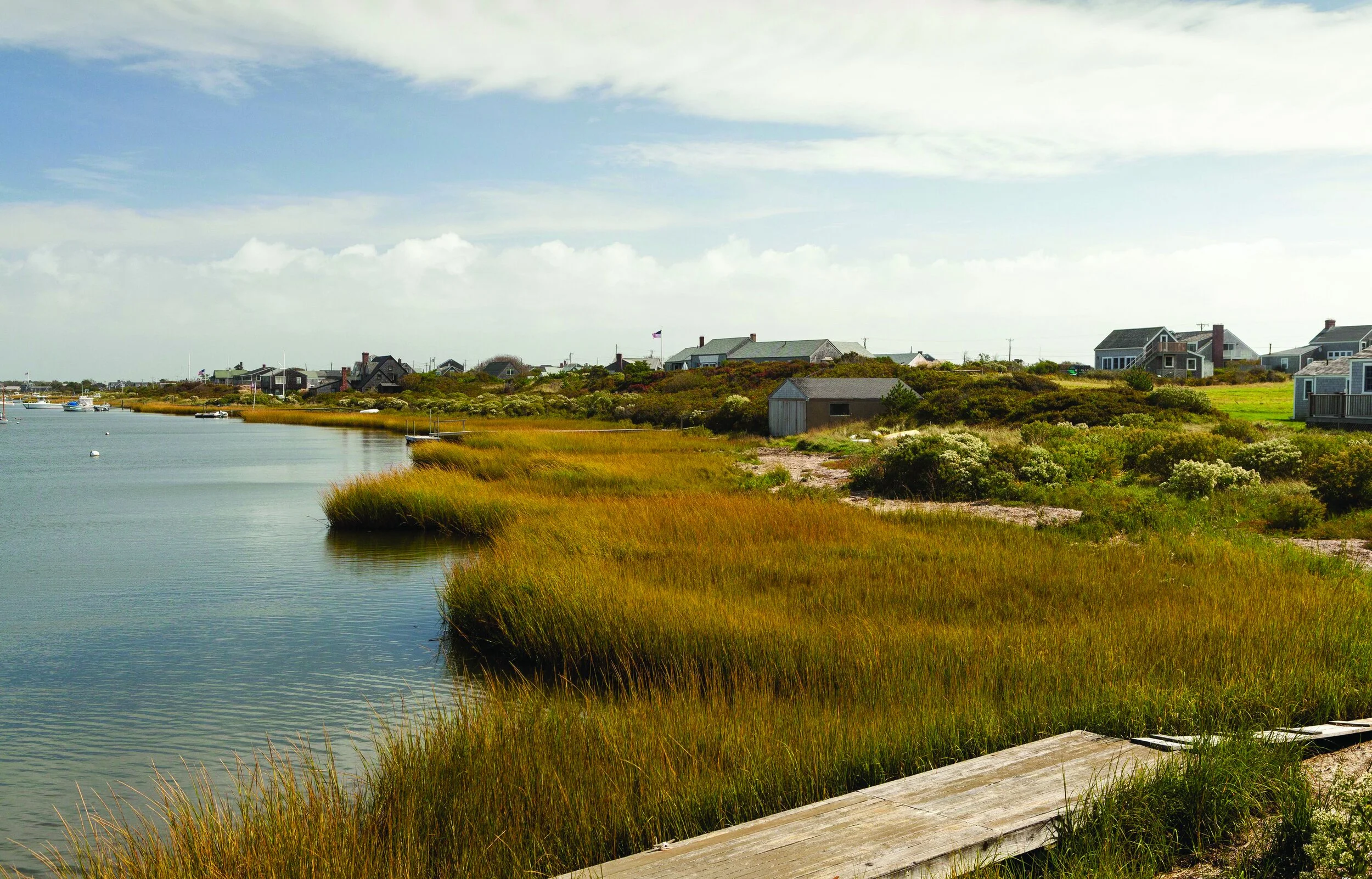Sea level rise threatens the viability of coastal habitats in Massachusetts and throughout the region. Projections indicate that many salt marshes will lose much of their high marsh habitat or worse, convert to open water in the coming decades.
As part of the 2022 Massachusetts Land Conservation Conference, the presenters in this session discussed the projections and detailed how restoration efforts can help improve the resilience of this critical habitat.
Trustees Director of Coast Cynthia Dittbrenner presented findings from The Trustees’ recently released State of the Coast reports to include projected climate change impacts to salt marsh habitat, beaches, and communities in Massachusetts.
Trustees Lead Ecologist-Coastal Ecology Russ Hopping shared results from a pilot project currently underway in the Great Marsh that can serve as an inspiring model for improving salt marsh resiliency and habitat quality elsewhere along the coast. Hopping also discussed the legacy of historical agriculture and mosquito control as a driver to current marsh degradation and several nature-based techniques being used to stop salt marsh subsidence and restore high marsh habitat.
Mass Audubon Coastal Resilience Program Director Danielle Perry shared the results of coastal climate vulnerability assessments completed by Mass Audubon describing expected sea level rise impacts on coastal habitats on their properties and the restoration strategies being implemented to protect these vital habitats. She also shared results of the runneling technique from past salt marsh restoration projects in Rhode Island and describe new climate adaptation projects where this technique is being implemented.
To view the PowerPoint slides from this presentation, click here.

